Begriffe
1/21
Earn XP
Description and Tags
Name | Mastery | Learn | Test | Matching | Spaced |
|---|
No study sessions yet.
22 Terms
Full-Stack Developer
A software developer who can work on both the front-end (user interface) and back-end (server-side logic) of a web application or software system.
Solution/Software Stack
In computing, it’s a set of software subsystems or components needed to create a complete platform such that no additional software is needed to support applications. Applications are said to "run on" or "run on top of" the resulting platform.
Computing Platform
Also digital platform or software platform, the infrastructure on which software is executed. While the individual components of a computing platform may be obfuscated under layers of abstraction, the summation of the required components comprise the computing platform.
For example, in a single computer system, this would be the computer's architecture, operating system (OS), and runtime libraries.
In the case of an application program or a computer video game, the most relevant layer is the operating system, so it can be called a platform itself (hence the term cross-platform for software that can be executed on multiple OSes, in this context).
In a multi-computer system, such as in the case of offloading processing, it would encompass both the host computer's hardware, operating system (OS), and runtime libraries along with other computers utilized for processing that are accessed via application programming interfaces or a web browser. As long as it is a required component for the program code to execute, it is part of the computing platform.
Frontend
This refers to the part of the application that users directly see and interact with (user interface), such as the website or app interface. Full-stack developers use technologies like HTML, CSS, JavaScript, and various frameworks (e.g., React, Angular) to create the user experience.
Backend
This is the server-side of the application (server-side logic), handling data processing, database interactions, and the overall application logic. Full-stack developers utilize languages like Python, Java, Ruby, or Node.js, and work with databases and server-side technologies.
Server-side Logic
The processing and execution of code on a web server, as opposed to a user's local device (client). The server acts as a central hub for processing requests from clients (e.g., web browsers).
User Interface
UI, the way a user interacts with a device or program.
Client
A computer, software application, or device that requests services or information from another computer or server. Essentially, the client is the “user”.
Server
A computer program or hardware device that provides services to other computer programs and users over a network. It's essentially the backbone of many online and networked systems, managing resources and data requests from “clients”.
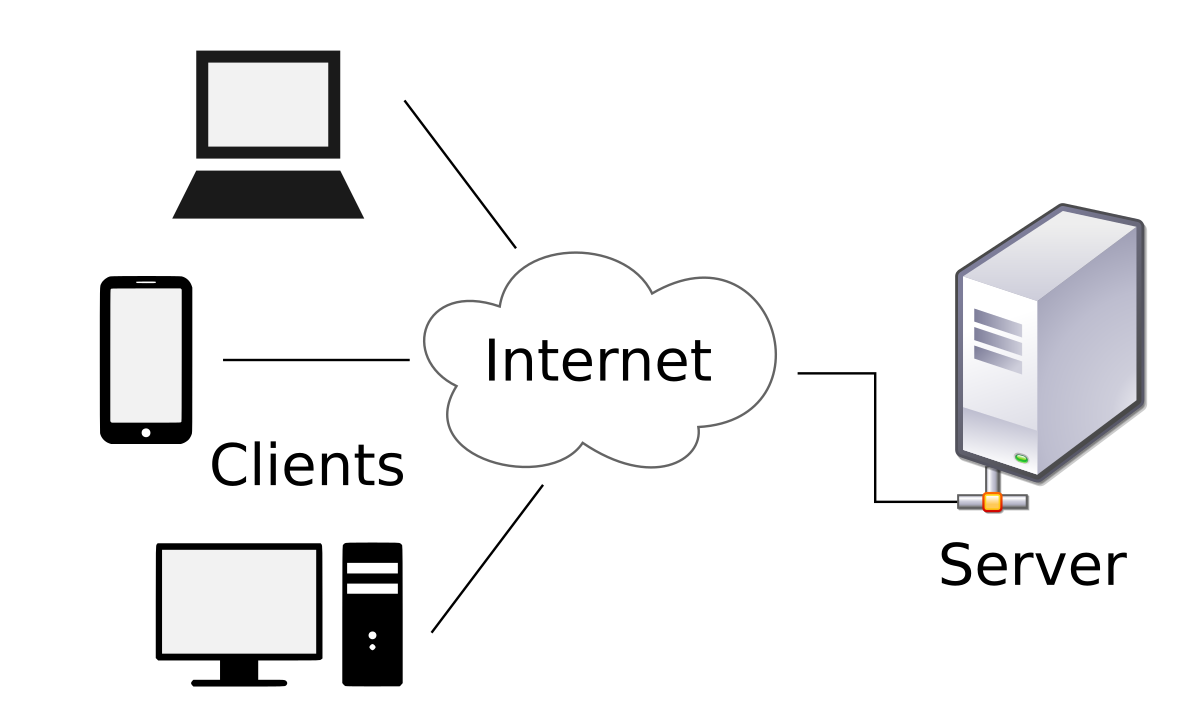
Client-Server Model
A architectal structure that initiates communication and makes requests from the client, while the server processes those requests and sends back the requested data or services.
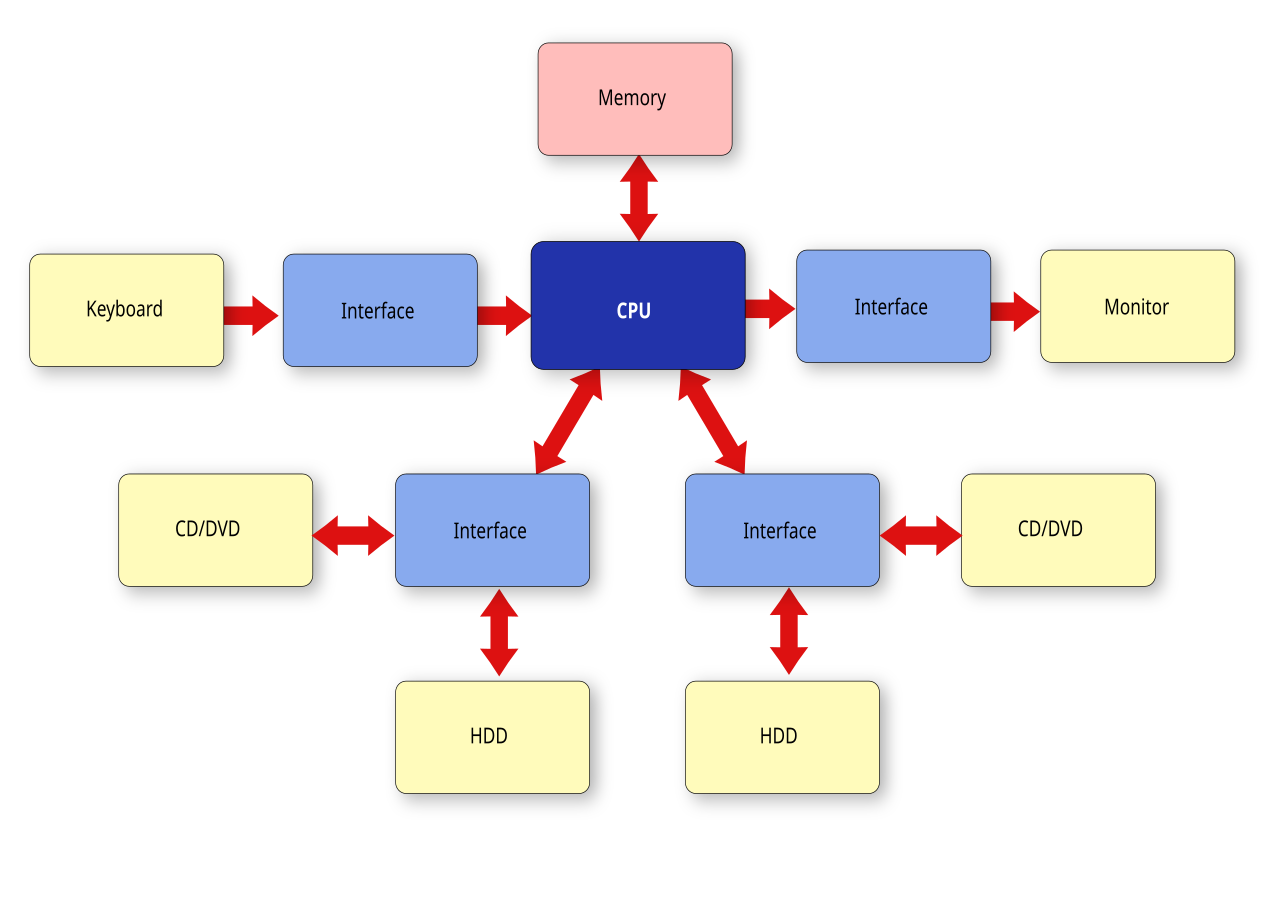
System Architecture
A system architecture is the conceptual model that defines the structure, behavior, and views of a system.
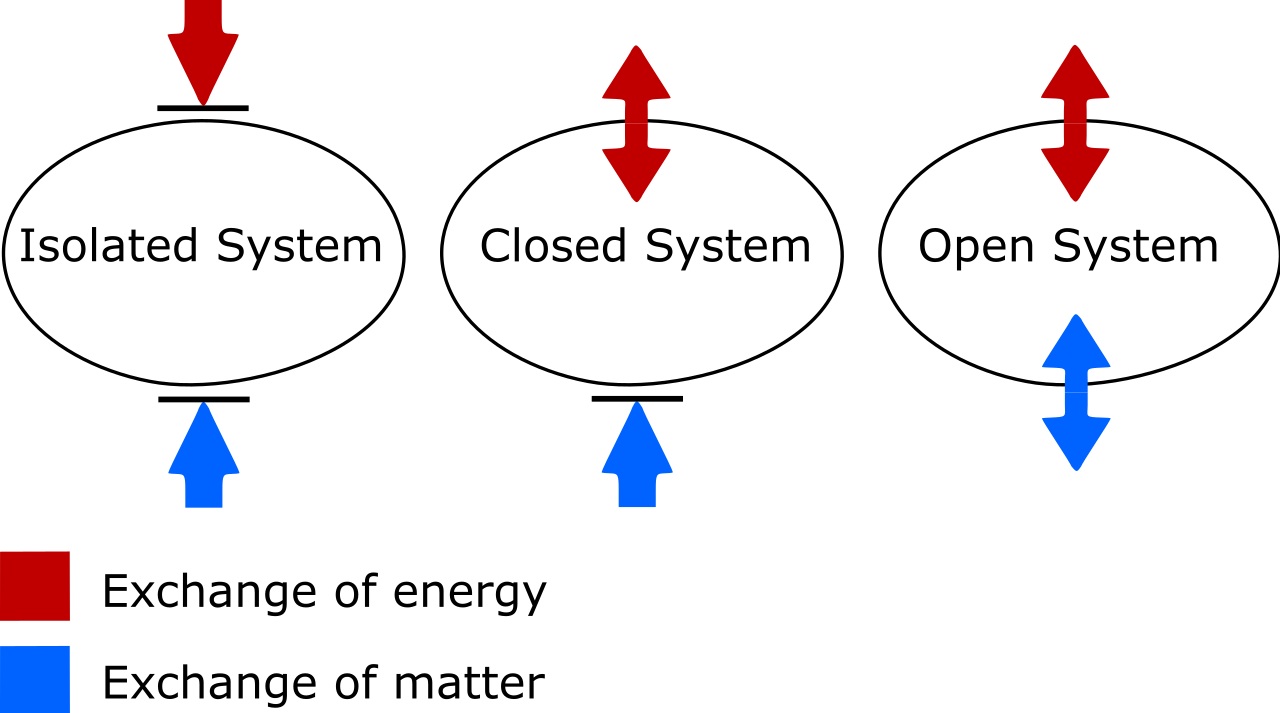
System
A group of interacting or interrelated elements that act according to a set of rules to form a unified whole. A system, surrounded and influenced by its environment, is described by its boundaries, structure and purpose and is expressed in its functioning. Systems are the subjects of study of systems theory and other systems sciences.
Open Source
Software whose source code is freely available for anyone to use, modify, and distribute, typically under a license that allows for these freedoms
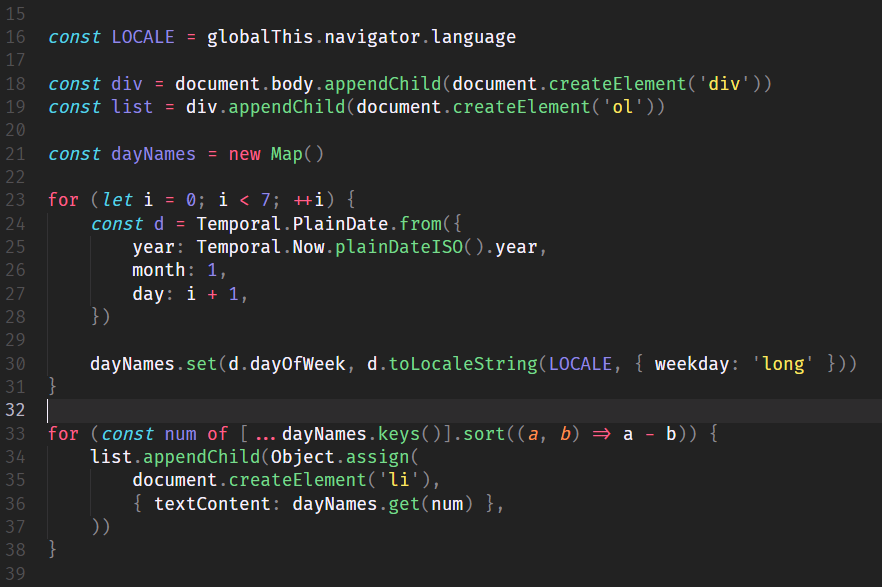
Computer Program
A sequence or set of instructions in a programming language for a computer to execute. It is one component of software, which also includes documentation and other intangible components.
SEO
Search Engine Optimization
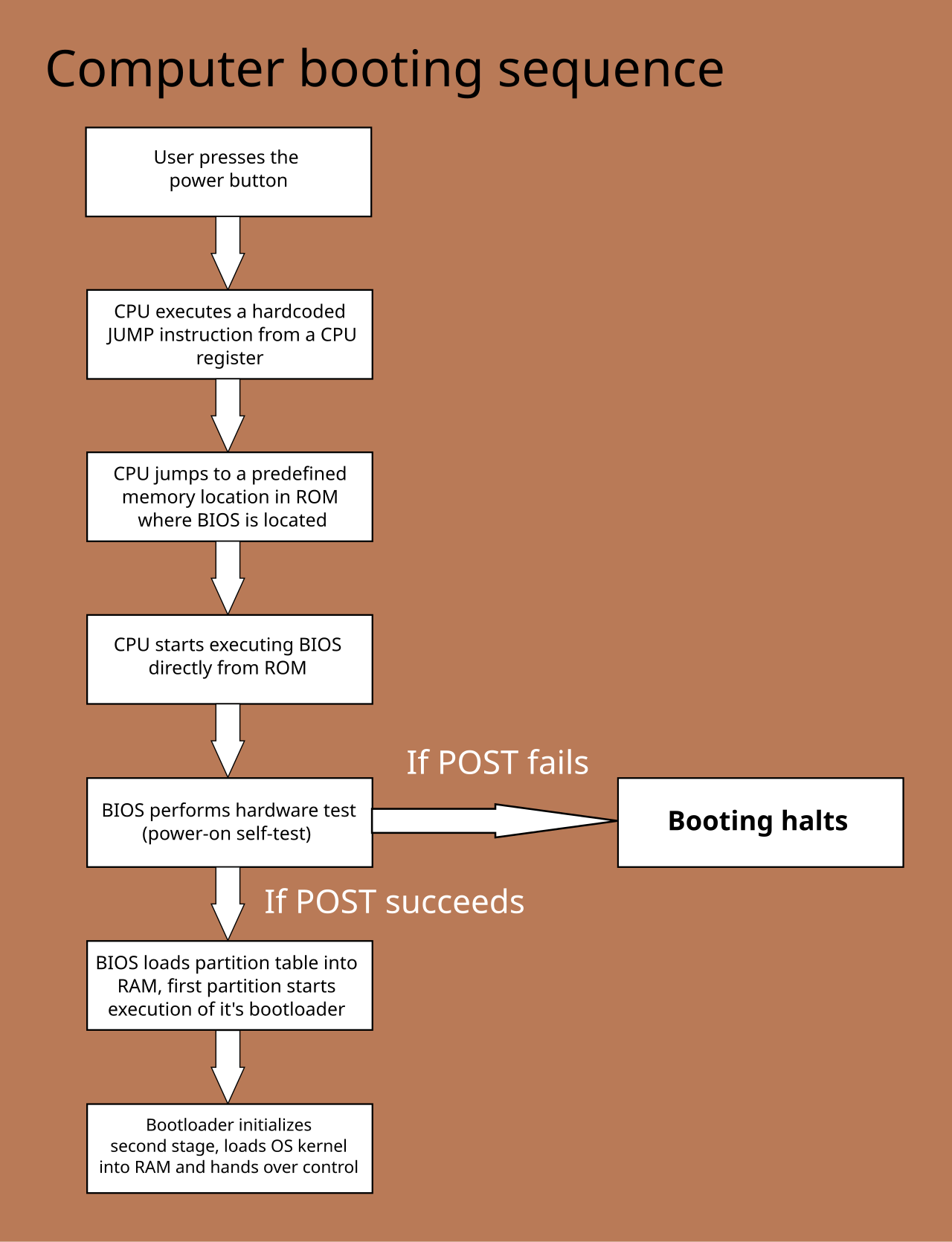
Booting
The process of starting a computer as initiated via hardware such as a physical button on the computer or by a software command. After it is switched on, a computer's central processing unit (CPU) has no software in its main memory, so some process must load software into memory before it can be executed. This may be done by hardware or firmware in the CPU, or by a separate processor in the computer system.
CPU
Central Processing Unit, or just processor, is the primary processor in a given computer. Its electronic circuitry executes instructions of a computer program, such as arithmetic, logic, controlling, and input/output (I/O) operations.
Source Code
A plain text computer program written in a programming language. A programmer writes the human readable code to control the behavior of a computer. It must be translated into machine/object code before a computer can execute it.
Machine Code
Computer code consisting of machine language instructions, which are used to control a computer's central processing unit (CPU). It is unreadable by humans.
Cascading Style Sheets (CSS)
A style sheet language used for specifying the presentation and styling of a document written in a markup language such as HTML or XML (including XML dialects such as SVG, MathML or XHTML). It is a cornerstone technology of the World Wide Web, alongside HTML and JavaScript.
Style Sheet Language
A computer language that expresses the presentation of structured documents. One attractive feature of structured documents is that the content can be reused in many contexts and presented in various ways. Different style sheets can be attached to the logical structure to produce different presentations.
One modern language with widespread use is CSS, which is used to style documents written in HTML, XHTML, SVG, XUL, and other markup languages.
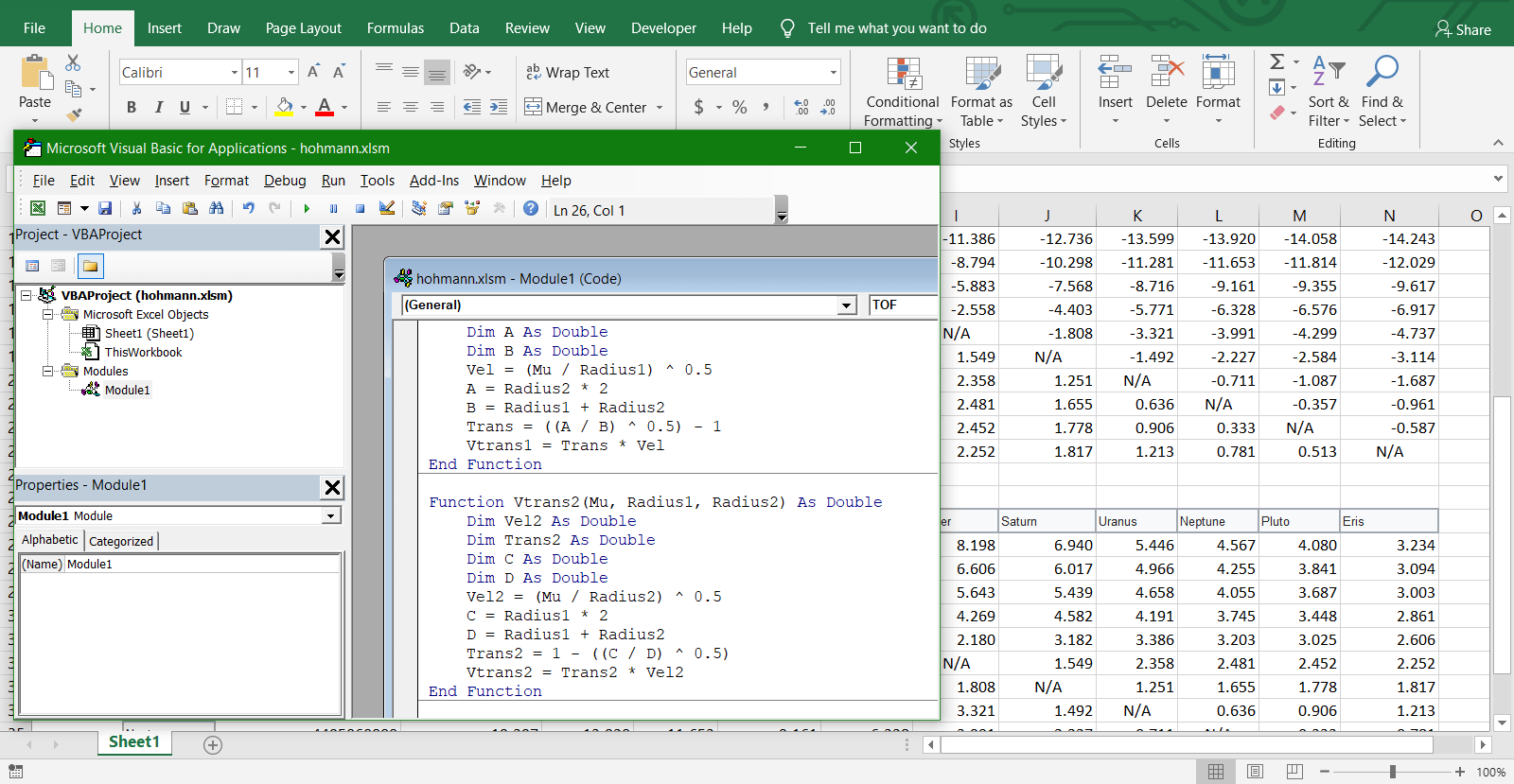
VBA (Visual Basic for Application)
Is a programming language used to automate tasks and extend the functionality of Microsoft Office applications, including Excel, Word, and Access.